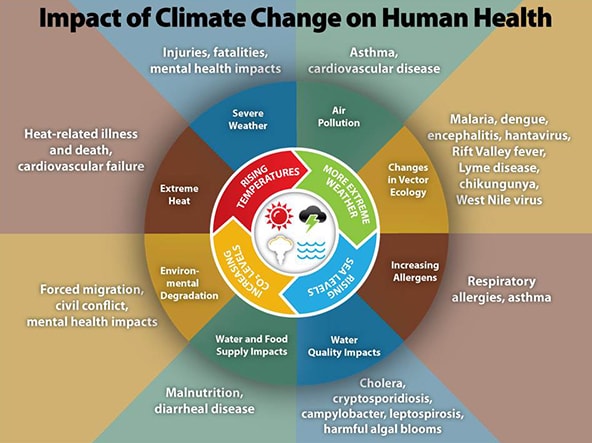 |
| http://www.container-gardening-for-you.com |
It's astounding how many people do not know how to grow things. A long long time ago when I was in kindergarten we always grew seeds - in jars or paper cups so we could watch it grow.
| https://fullofbeansproject.wikispaces.com/Ms.+Barratt%27s+Kindergarten+Class |
Evidently that has fallen by the way side. After all, how do you assess that on a standardized test? But we are missing out. Growing things is really pretty easy. Growing things in a container garden means you can do it ALMOST anywhere. (If you have a very dark home, with no windows or minimal light, mushrooms may be your best bet.) But assuming you have a window with at least a little bit of sunlight, or maybe even a balcony (south facing preferred if you live north of the equator) or a fire escape or even a sunny window, you are set!
If you aren't sure about how much light you get, spend some time at home, and watch how the light moves throughout the day. In the summer it will be further north (if you are north of the equator) and in the winter it is more in the south. Get a sense of where the sunniest spot is. If you are using a patio or deck, figure out which corner gets the best light.
Why start a container garden? To get you used to growing things. To learn how growing something you can eat can be a valuable skill, and to appreciate the food that you can pick up at your local market. You can start with some herbs - basic, thyme, chives, and oregano are really easy to start with. They like a lot of light.
If you want to take it up a notch and have some space, lettuce, tomatoes, cucumbers, and other greens work well. Peppers are good too. They don't need too much space, and can use a vertical growing space.
 |
| https://www.pinterest.com/pin/40462096629452447/ |
Plants can grow in pretty much any container - you'll want to make sure the roots have enough space to spread out, and the soil can stay moist, but it's surprising how much can grow in a small area. Vertical growing can be great - This is a super video on a vertical container garden using plastic bottles!
You can start with small containers and expand as you go. A few words of wisdom:
- Think about weight - it you have a deck that won't reliably hold a 100 gallon barrel of water - do not plant 100 gallon barrel of garden- think water weight - not the kind you get after eating a whole pizza, the weight of the water after your garden has been thoroughly soaked.
- Think about what you'd like - if you HATE green peppers, don't grow green peppers. Grow what you will actually like.
- Think about where you live and the season. If you have a home in Minnesota, don't plan on having a lush patio garden full of vegetables in November. They will likely be frozen.
Okay, this is pretty much common sense, but you get the picture.
Have fun. Be creative. Do some on line research. These are a few sites to get you started:
- Vegetable Gardening Online has some neat ideas and fairly simple approaches
- Alpha Mom - Urban/suburban hippies has some neat experiences to share
- Preparedness Mama - has some great ideas too, as well as a bunch of interesting articles on getting prepared. I'm not 100% sure what she is prepared for, but I'll put it this way, I'd be happy to have her for a neighbor in a zombie apocalypse. I think. I'll read more and get back to you on that one.
You can use all sorts of containers - they need to be able hold some soil, have a drainage hole at the bottom and avoid toxic stuff (pressure treated lumber should have a plastic barrier to prevent leaching into the soils) But get creative. We will come back to more ideas with this, right now the idea is to get you growing!!
If you have a compost pile started, remember soon, that vegetable waste and worm poop will become AWESOME SOIL! for your container garden.
The internet abounds with great resources on this, and we'll come back to this subject soon.
In the meantime, HAPPY GARDENING!!!
 |
| http://deco.howwewokeup.com/easy-to-diy-container-vegetable-gardening-ideas/ |








